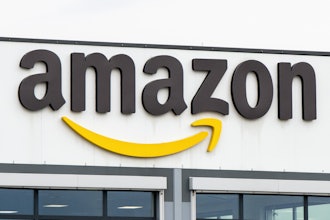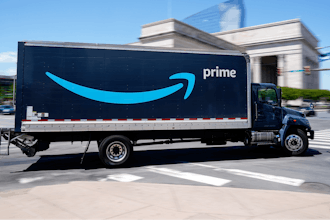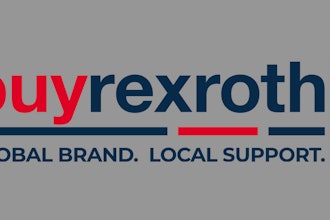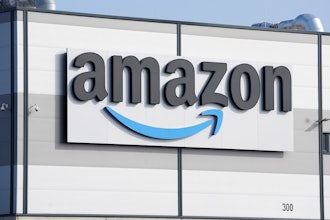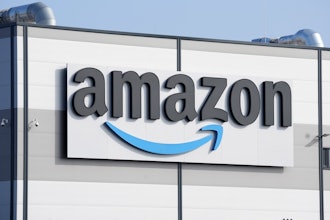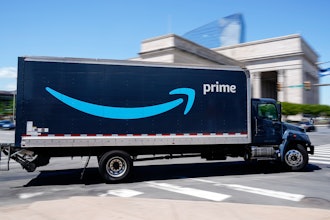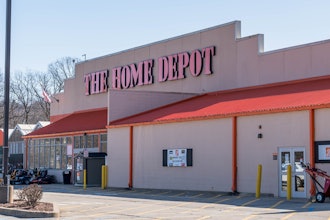Many times I hear talk of pricing wars in between two competitors, but upon investigation, it turns out that many companies are actually at war with themselves when it comes to pricing. Even more so now that there are so many channels in which a customer can access price: in-person, online, list, catalog and much more. With so many customer interfaces, ensuring that customers receive price quotes that are aligned and consistent across channels is harder than ever before.
It’s a given that offering digital purchasing channels is a must in B2B industrial distribution. According to a Hybris study, if given the option to buy a product online, 88 percent of B2B procurers agree that e-commerce would be their preferred channel through which to purchase. In fact, B2B e-commerce is twice as big as B2C e-commerce and revenue is projected to be more than $6.7 trillion by 2020 worldwide.
Customers are shifting toward e-commerce because it’s easier to buy from. They want the same, intelligent buying experience at work that they are used to when shopping as a consumer. Yet, many of the companies I speak with are untangling a large number questions related to standing up an effective e-commerce channel. In this article, I’ll touch on a few of those, but more importantly, share one of the most critical aspects of any sales channel: pricing.
Digital Commerce: It's About the Full Customer Experience
Certainly, B2B company leaders are exploring more than e-commerce alone. Many companies are looking at e-commerce and digital commerce to completely change the experience with their customers and partners, past offering simple order fulfillment services.
For example, I recently spoke with a premier medical distribution company that is using their own technology to help medical offices send messages to patients. The company is driving additional value for their own customers so that they don’t have to make the investment themselves.
Yet, many classic, industrial companies aren’t quite there yet. Many are starting out at stage one: enabling customers to order online. It seems simple, but there’s a lot to consider even if it’s just order fulfillment. Gartner stated that by 2018, more than 50 percent of commerce sites will integrate technologies from more than 15 vendors. Many companies aren’t close to having 15 technologies integrated, some need to systemize their data before it can be served up in any digital system, internal, e-commerce, or otherwise. Clearly, achieving true digital commerce is no simple task.
Start with Transparent, Consistent Pricing
No matter where your company currently stands from a digitalization perspective, one thing is true. Considering your price strategy upfront is absolutely critical. Here are a few critical questions you might consider:
- If your goal is to offer an online channel for customers only, how will you ensure that the price they see online is consistent with the price they’re quoted when talking to sales reps?
- If you post prices online for new customers, can you guarantee that new customers won’t get better prices than existing customers?
- What’s the right price level to go after? How do we manage transparency on the web channel versus what we charge in-person?
- What’s the ideal cross-channel pricing strategy for different segments of users? How will we price known users? How will we price anonymous users?
- What is the initial price we should put on the web? How will we ensure pricing is now consistent on all sales channels before we stand up the e-commerce channel?
These are just a few of the important considerations we’ve helped customers hash out as they go digital. Certainly, it would be a misstep to have online pricing lower than what your valued, strategic customers receive.
Based on transaction data, at Zilliant, we observe an interesting phenomenon. Without a sound pricing strategy that hashes out these questions (and more) across all sales channels, the consequence is that only 20 percent of all transactions are priced correctly. Even more revealing, of those, 50 percent leave money on the table due to being underpriced. The remaining 30 percent actually result in lost business due to overpricing.
However, advances in pricing science are helping to change that. With a data-driven solution, companies can leverage their existing transaction data to set customer-specific pricing (even if their pricing is currently locked in a literal filing cabinet) and easily serve up pricing in any channel that’s consistent, fair, aligned and specific to each customer’s buying circumstances. That might be why Gartner also estimates that by 2018, 40 percent of B2B digital commerce sites will use price optimization algorithms and configure/price/quote (CPQ) tools to dynamically calculate and deliver product pricing.
Pete Eppele is senior vice president of products and science at Zilliant, a provider of prescriptive selling and pricing applications that help businesses overcome decision complexity to drive P&L growth.











